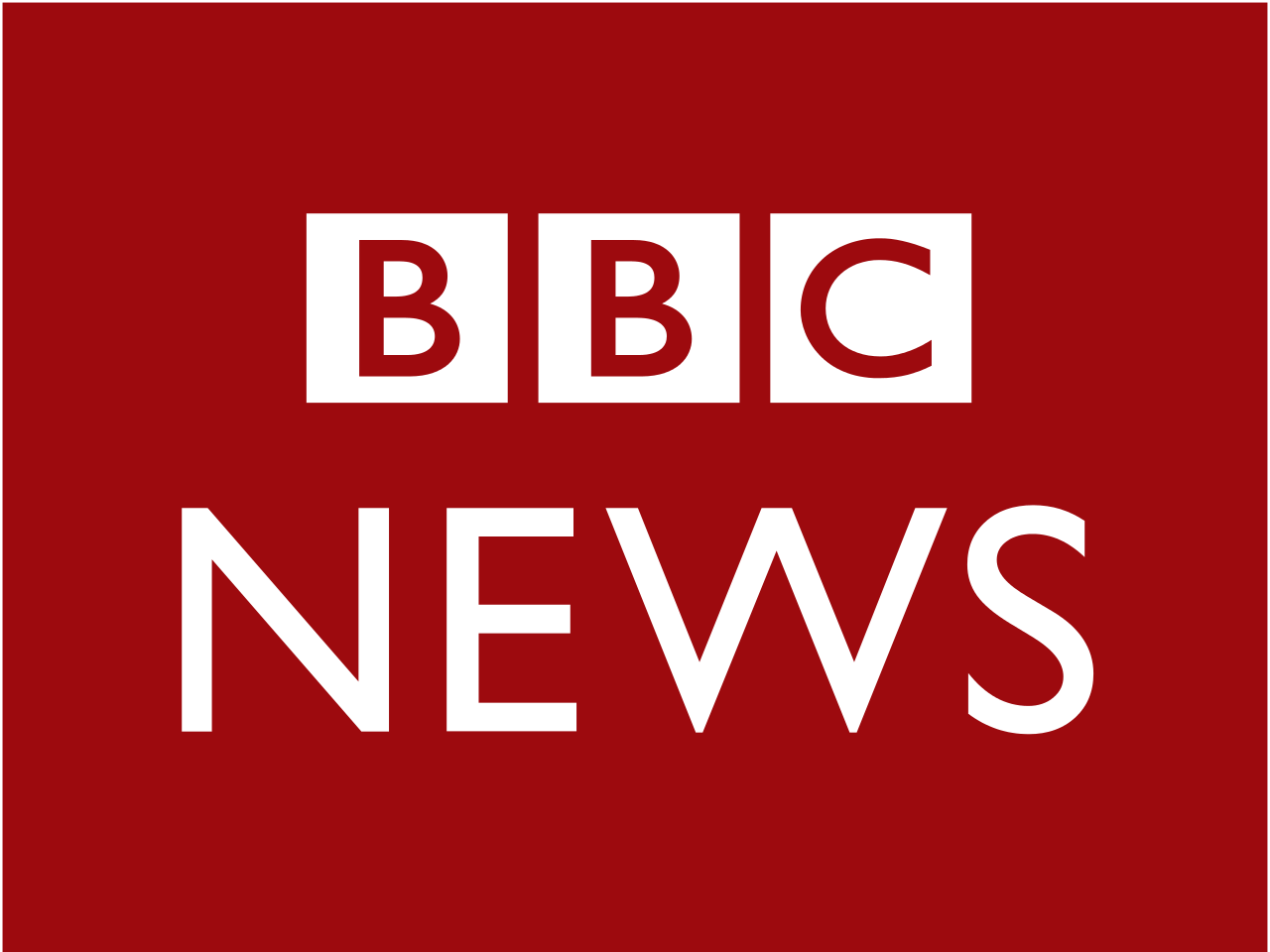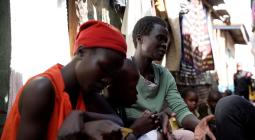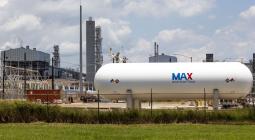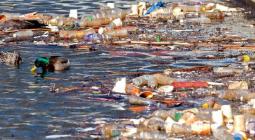Iceland volcano: Pollution warning for capital after eruption
Gas pollution could hit Iceland's capital after a volcano began erupting late on Monday, the country's meteorological office has said.
The eruption, which broke out on the Reykjanes peninsula of south-west Iceland, comes after weeks of intense earthquakes and tremors.
Fumes could reach Reykjavik by Tuesday evening or Wednesday morning.
About 4,000 people were evacuated last month from Grindavik, a fishing town threatened by the lava flow.
A resident living near Grindavik described "crazy" and "scary" scenes on Monday night and said she could still see the volcano exploding on Tuesday.
The smell of smoke and ash is being picked up as far as 30km from the eruption site and the BBC's team could even feel occasional vibrations in the ground.
Iceland has been braced for volcanic activity for weeks. Since late October, the region around Reykjavik has been experiencing an increase in earthquake activity.
The eruption can be seen from Reykjavik, which is about 42km north-east of Grindavik.
An eyewitness in the capital told the BBC that half of the sky in the direction of the town was "lit up in red" from the eruption, and smoke could be seen billowing into the air.
On Tuesday, British tourists Amrit and Peter, a married couple in their 20s, took selfies with the bright orange lava in the background.
Speaking to the BBC, Peter said: "We are not scared at all, the Icelandic authorities are handling this well and keep giving us information. We feel totally safe."
In 2010, a volcanic eruption caused an ash plume to rise several kilometres into the atmosphere, leading to several days of air travel disruption in Europe.
Volcanologist Dr Evgenia Ilyinskaya told the BBC that there would not be the same level of disruption as 2010, as these volcanoes in south-west Iceland were "physically not able to generate the same ash clouds".
Speaking from Iceland, Dr Ilyinskaya, associate professor of volcanology at Leeds University, said local people had been both "fearing and waiting for" the volcano to erupt.
She added that authorities were preparing for potential lava flows that could destroy homes and infrastructure, including the Blue Lagoon, a popular tourist destination.
"At the moment it seems not to be threatening, although it remains to be seen," she said.
The Icelandic Met Office said at 12:30 GMT on Tuesday that the power of the eruption was decreasing, but that gases from the volcano could still reach Reykjavik.
Aoalheiour Halldorsdottir, who lives in Sandgeroi - about 20km from Grindavik - said she had seen the eruption from her home.
"It was crazy to see it with my own eyes. We have had volcano explosions before, but this was the first time I got really scared," she told BBC News.
"We're used to volcanoes [erupting], but this was crazy."
She said there was some "panic" on Monday night, and that she had bought extra supplies of water, but that things had largely returned to normal on Tuesday.
"I'm at work now and I can still see it. I can see the lights in the sky," she said.
Hans Vera was evacuated from Grindavik last month, but hoped before Monday's eruption to return home for Christmas.
But he said: "I don't see that in the future they will let people get close to Grindavik - so we are back in the waiting game."
Iceland's foreign minister, Bjarni Benediktsson said on X, formerly Twitter, that "there are no disruptions to flights to and from Iceland, and international flight corridors remain open".
"The jets [of lava] are quite high, so it appears to be a powerful eruption at the beginning," he said.
Images and videos posted on social media showed lava bursting from the volcano just an hour after an earthquake swarm - a series of seismic events - was detected.
Police have warned people to stay away from the area.
The length of the crack in the volcano is about 3.5km, with the lava flowing at a rate of around 100 to 200 cubic metres per second, the Met Office said, adding that this was many times more than recent eruptions on the Reykjanes peninsula.
Iceland's Prime Minister Katrin Jakobsdottir said defences recently constructed would have a positive effect.
She said her thoughts were with the local community and she was hoping for the best despite the "significant event".
President Gudni Johannesson said safeguarding lives was the main priority but that every effort would be made to protect structures too.
Photograph: ICELANDIC COAST GUARD





